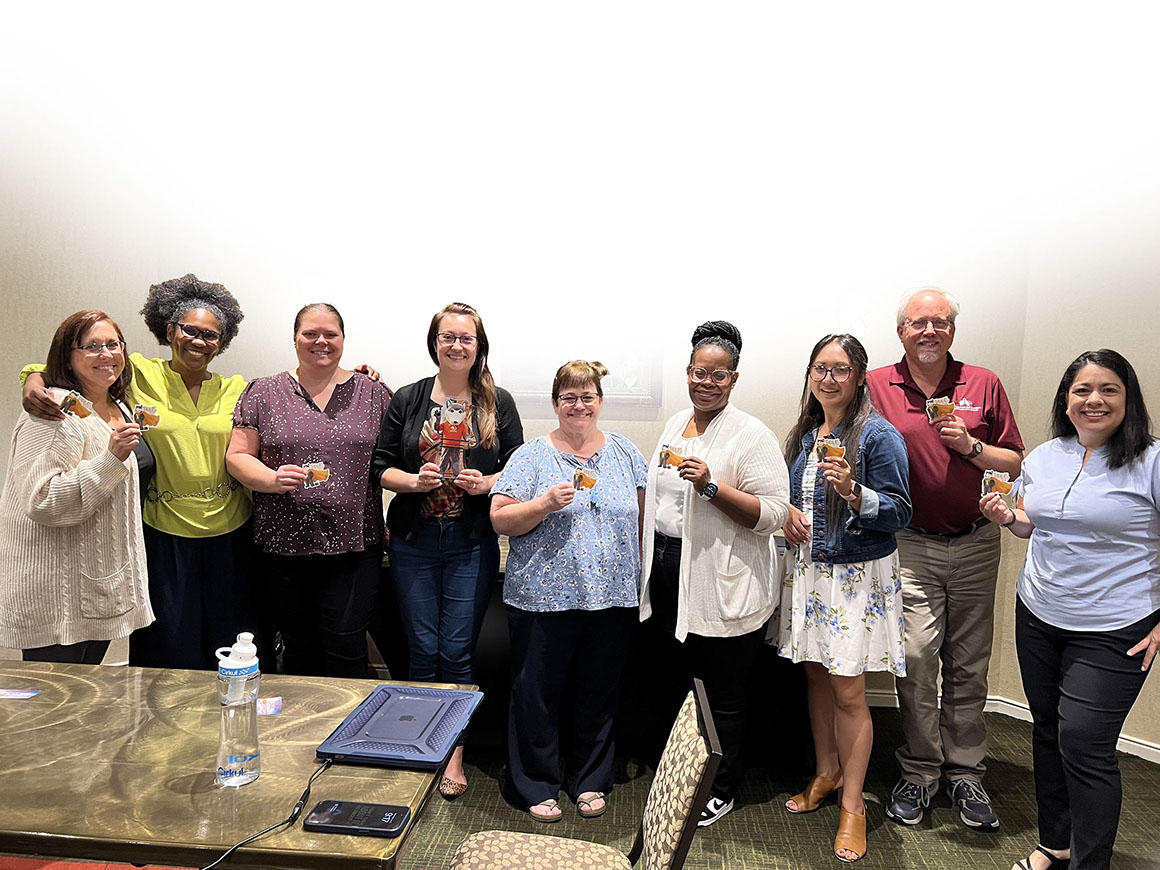
create
Shaping Resources, Strengthening Faith
Summer Curriculum Development Committee 2025:

ow are textbook adoptions made, standards’ documents published, and distinctly Adventist education resources created?
It’s a question we often hear—and it’s an excellent one, because the process reflects the thoughtful, prayerful collaboration that is central to Adventist education.
Each December, during the North American Division (NAD) Advisory, the Early Childhood, Elementary, and Secondary subcommittee teams—composed of the nine union associate directors and directors of education—review data from schools across the division. Guided by curriculum timelines and classroom feedback, these leaders prayerfully select focus areas and establish Summer Curriculum Development Committees for the following year.
These committees are made up primarily of Adventist educators—teachers and curriculum specialists who bring both professional expertise and a deep spiritual commitment to the work. Each team is chaired by a union director or associate director and tasked with a specific goal, as outlined by the NAD December Advisory Committee.
Once a committee develops or revises a resource, it undergoes field testing. Teachers across the division provide feedback on how well the materials support learning and faith development in the classroom. After this review, the final documents are presented to the NAD Curriculum Advisory for a vote of adoption. Depending on the resource, it may be required, recommended, or approved for use in Adventist schools.
In Summer 2025, the Curriculum Development Committees gathered at Escondido Adventist Academy in San Diego, California. Energized by a shared purpose, teachers, union associate directors, and NAD education leaders collaborated on a variety of vital projects, including:
Each week was filled with prayer, collaboration, and a shared sense of mission. As one participant reflected, “Every decision we make here is about more than curriculum—it’s about shaping hearts and minds for Christ.”
Adventist education has always been about more than academics. It’s about nurturing faith, developing character, and preparing young people for service in this world and the world to come. As the apostle Paul reminds us,
This spirit of wholehearted service infused the work of the 2025 committees. Through careful study, open dialogue, and prayerful reflection, the teams ensured that every resource continues to reflect the distinctive philosophy of Adventist education—a wholistic approach that integrates faith, learning, and service.
As Ellen G. White once wrote,
A major update to Lifeline: Handbook for Multigrade Educators
Development of Multigrade Standards-Based Learning (SBL) Math Units for grades 3–5
Creation of Proficiency Scales for Secondary Bible and World Languages
Development of Elementary ELA and Science SBL resources
Revisions to curriculum and accreditation documents that support excellence across all grade levels
Refinement of Early Childhood Curriculum
As these updated resources make their way into classrooms, they will empower teachers and inspire students to grow intellectually, socially, and spiritually. The work of the 2025 Summer Curriculum Development Committees is a testament to what can be achieved when faith and learning come together in the service of Christ-centered education.
Leisa Morton-Standish, PhD
Director of Elementary Education
H
“Whatever you do, work at it with all your heart, as working for the Lord” (Colossians 3:23 NIV).
“True education means more than the pursual of a certain course of study. It means more than a preparation for the life that now is. It has to do with the whole being” (Education, p. 13).

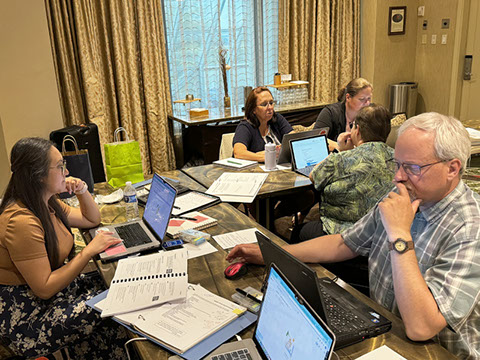
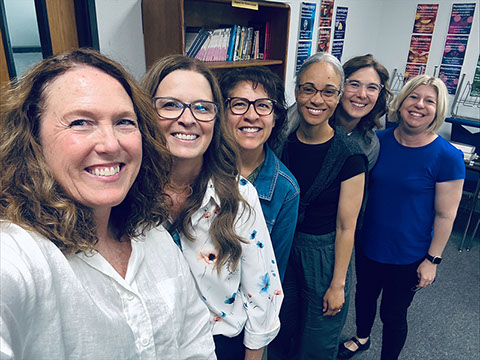
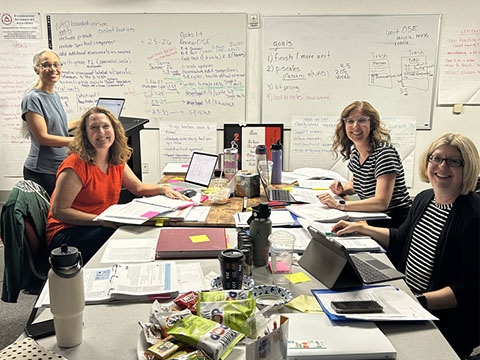
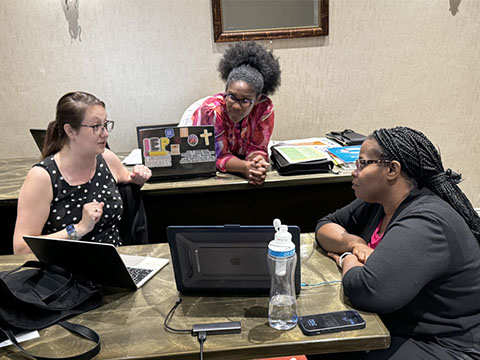

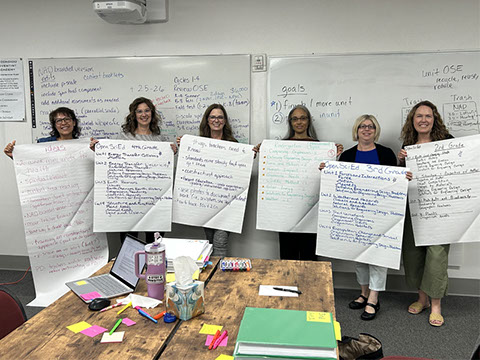

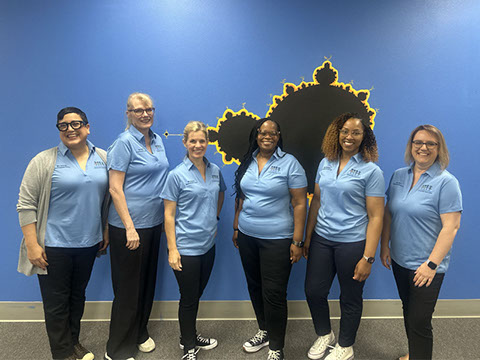
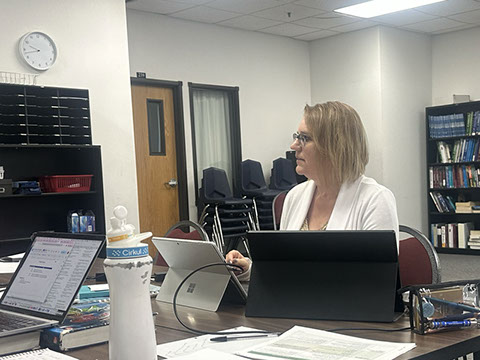
4 - 9
<
>
Winter 2025